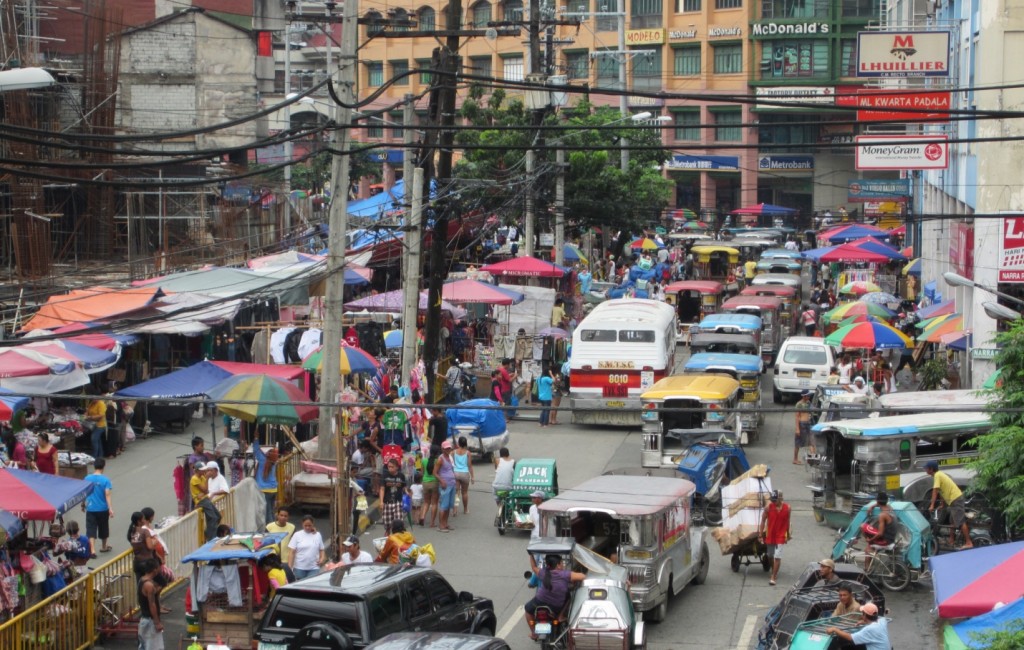
I landed here in Manila on the 22nd of October, and two things leaped out at me as soon as I left the airport. The first was people. In 2006, Forbes magazine ranked Manila as the single most densely populated city in the world, with 112,000 people per square mile. Compare this with New York City’s 27,500 people per square mile (or Beijing’s 80,000 people per square mile), and you can begin to get a feel for the number of people crammed into this place. The second thing was poverty. This was expected to a large degree, but I still found myself startled by many of the sights inside a country where 45 percent of the population lives on less that $2 per day.
The good news, however, is that there is remarkable work being done throughout the country to address the situation. CCT is the local organization that partners with HOPE International to do microfinance and other poverty relief work in the Philippines. I have been operating out of their headquarters for the past two weeks, and I cannot overstate the positive impact of their work. CCT targets different levels of poverty through three major domains: microfinance for the highest tier of the poor, savings and credit associations for the lowest tier, and rehabilitation centers for street dwellers. I think it will be easiest for you to get a feel for how some of these domains work together through the story of Michael, whom I had the privilege of meeting after assisting with my first savings and credit meeting last Tuesday.

Before starting with CCT, Michael was a street dweller. He had lived on the streets of Manila for nine years and had no formal education outside of elementary school. At the age of 26, Michael enrolled in CCT’s rehabilitation center, where he broke his drug addiction and received food, shelter, and discipleship. Upon completion of the program, Michael began work as a delivery man for CCT’s water bottling center and joined a savings and credit association. After demonstrating an ability to manage his income, Michael was directed to the microfinance department, where he received a small loan which provided him with enough capital to begin his own water distribution business. He completed the last payment on his loan in August of this year, and today he purchases and sells his water without any financial assistance from CCT. With the profit from his business, Michael buys his own food and clothing and rents a room at a nearby boarding house.
When I first observed the improved lifestyles of clients—ones absent of air conditioning, cars, computers, cell phones, and TVs—the change seemed small and incomplete. However, after witnessing the restored dignity that comes after becoming fully self-sufficient, I was able to appreciate the complete change that was taking place. Those who were once dependent upon help from charities and churches are now making contributions. Combine this with the fact that nearly all of these clients are being discipled in their relationships with Christ, and you can see why it is called holistic community transformation.
Guest post by Walt Davis, volunteer in the Philippines
















hello, I’ve just learned that there is such an organization working for holistic development of a person. that is my dream too. i want to be involved in your program. am former instructor in a college school but i resigned after ten years because i found out that my dream of helping people like what hope international is doing is beyond reach. so i am now working in the farm but lacking in capital. Filipinos are hardworking people but deprived of finances and knowledge on how to earn higher income. entrepenuer is the solution of poverty problem in the Philippines. we need. i wanna help my fellow farmers in Nueva Vizcaya, Philippines. they need your program. God bless